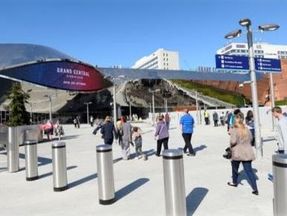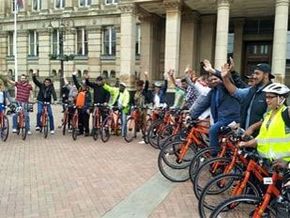The Birmingham Case Study
Birmingham, England is an ethnically and culturally diverse city. The city is the second most populous city in the United Kingdom after London, with a population of over 1.1 million people and over 410,000 households. At the time of the 2011 Census there were 10 Districts in Birmingham (parliamentary constituencies) with an average population size of 107,300. Each district has responsibility for making decisions for local services.
Birmingham will provide a testbed to analyse, design, develop and evaluate a use case related to management of mobility in the large metropolitan area with a specific focus on both motorised and non-motorised mobility. Motorised mobility will be monitored via large scale data from a wealth of sensors, citizen apps and The Floow data. Non-motorised mobility will be monitored by involving citizen associations such as runners and cyclists through the Be Active Birmingham initiative (beactivebirmingham.co.uk). Currently many people feel that in Birmingham they have no real alternative to driving their car, which results in over one million car trips each day by Birmingham residents – a quarter of which are less than a mile.
Birmingham will provide a testbed to analyse, design, develop and evaluate a use case related to management of mobility in the large metropolitan area with a specific focus on both motorised and non-motorised mobility. Motorised mobility will be monitored via large scale data from a wealth of sensors, citizen apps and The Floow data. Non-motorised mobility will be monitored by involving citizen associations such as runners and cyclists through the Be Active Birmingham initiative (beactivebirmingham.co.uk). Currently many people feel that in Birmingham they have no real alternative to driving their car, which results in over one million car trips each day by Birmingham residents – a quarter of which are less than a mile.





